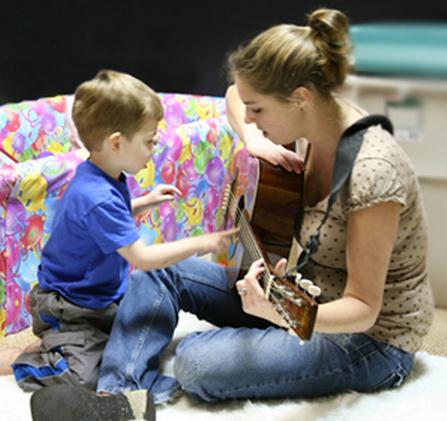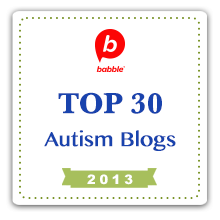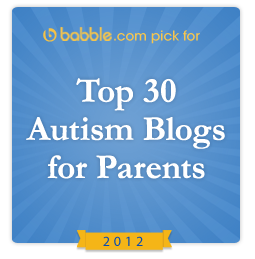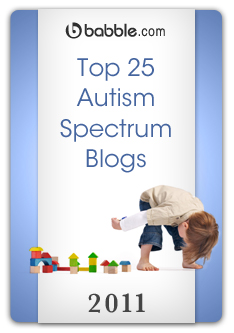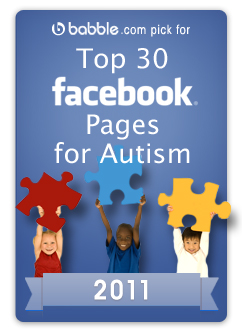Children are specials. Most especially when they lovable as they are. Children must be treated with equal love, care, support and discipline. The hard thing is, when your child is affected with a disease conditions. One of the conditions that affect children is autism. Autism is a neurodevelopmental disorder that severely affects children. This is characterized by triad behavioural symptoms. First is impaired social interaction, second is restricted repertoire of activities and interest and lastly is impaired communication. It also includes signs and symptoms like tactile hypersensitivity, tantrums, destructive behaviours, sleep problems and cognitive impairment.

Sleep problems are not usually common in normal children. But with an autistic child, this is common. The common sleep problems they encounter are poor sleep quality, unstable sleep routines, restlessness, snoring, waking during midnight and difficulty sleeping.
Establishing Strategies in Sleeping for children
Establishing good strategies in sleeping for children helps you determined patterns to make your children have a good sleep. These strategies can be the best for you. Try it and you will see.
- Discuss with your children’s paediatrician some ways and prescribe medicines that can help them have a good night sleep. State all your concerns and collaborate with the paediatrician for establishing the strategies.
- Avoid your children in any activities before going to bed. In this way, your children can relax and stay calm before sleeping.
- Have a routine for your child before sleeping at night like taking a bath, having a massage and listening to calm and soothing music.
- Remove any distractions form your child’s bedroom to avoid any stimulants. Noise and sensory distractions must be controlled. Inform other members of the family about this so that they can also adjust.
- Take note of the sleep patterns that your child obtain and record it. Show it to your child’s paediatrician for evaluation.
- If your child did not response to the strategies, obtain immediately a sleep medication like melatonin from your child’s physician as your last option.
- Encourage optimal activities during the day. In this way your child may feel tired during night time and makes them wanting to sleep more.
- If making any changes of your child’s routine, kindly introduce it to them slowly so that they will not be overwhelm and stressed out.
- Introduce simple steps for your child before bedtime so that they would learn. Do not set more than six simple steps for your child.
- For parents, be consistent about your sleeping time and waking up time.
- Make sure that your child doesn’t have any snoring problem. Don’t avoid if your child has a snoring problem. But, the question is how to cure snoring? There are so many solutions but some remedies and anti snoring devices will help you stop snoring.
- Used sleep devices if you need more to help you with your child’s condition.
- Engage your child in a sense of relaxation so that they would feel stress free and happy thoughts would enter their minds.
I hope these strategies could help you. As parents, you need to have more patience and understanding about your child’s condition. Increasing their integrity of life can make them survive longer. Their survival rates depend on how they were taken care of and expose to activities. Sleep deprivation for autistic children is still unknown but studies now are still continued to be done to discover more treatment modalities for this disorder.
References
http://www.insomnialand.com/blog/how-to-improve-sleep-in-children-with-autism/
http://www.ncbi.nlm.nih.gov/pmc/articles/PMC1201388/
http://www.ehow.com/how_7602196_improve-sleep-autistic-children.html
http://www.autism-community.com/understanding-and-improving-sleep-in-individuals-with-autism/

